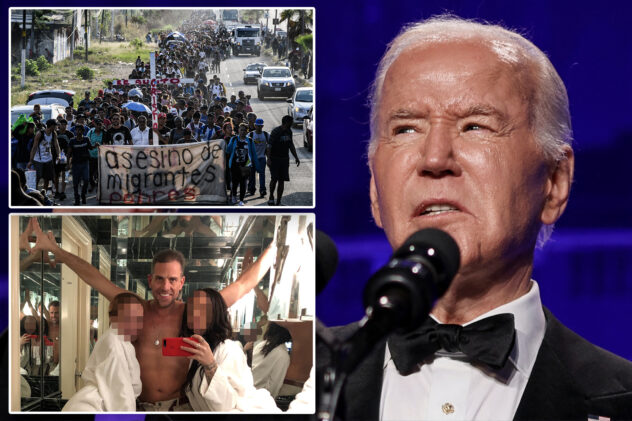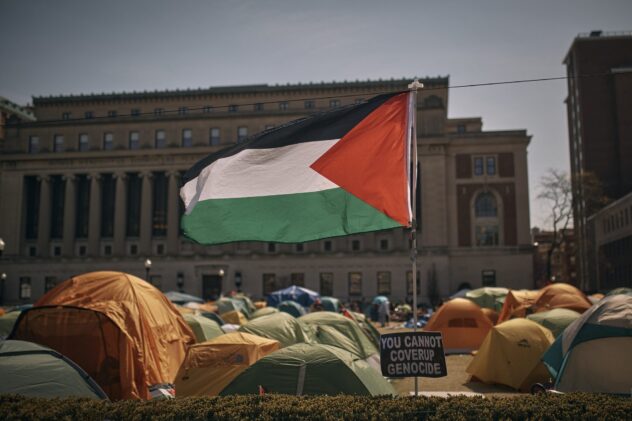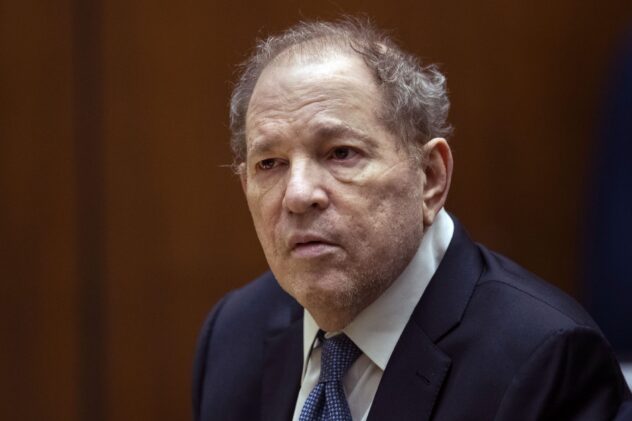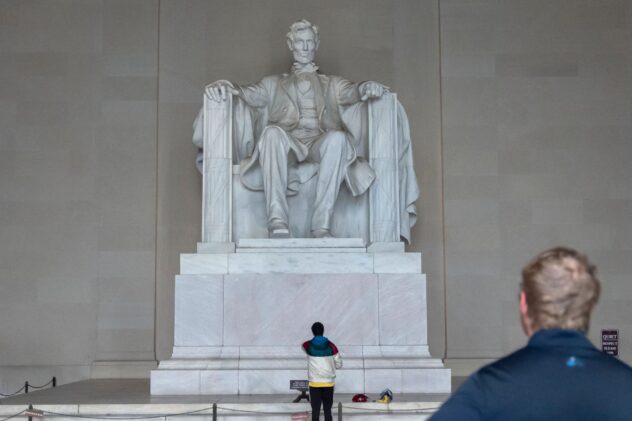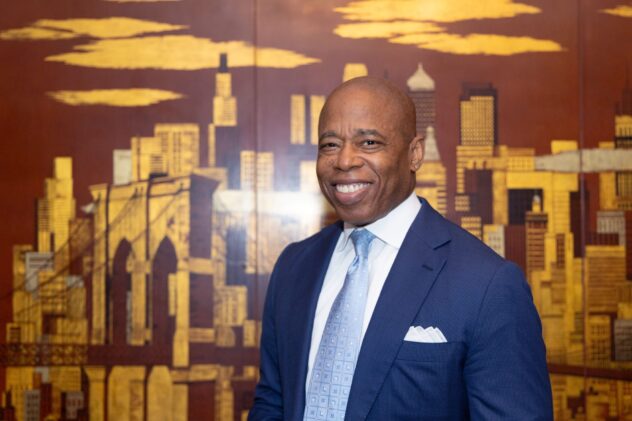Is NYC really doomed? Flawed rent and tax forecasts fester wild ‘apocalypse’ predictions

Do you want to believe that New York City is in an “urban doom cycle”?
It’s easy if you just ignore indisputable facts.
Take “major crimes,” an NYPD metric that’s distorted upward by skyrocketing auto theft even as the crimes we fear most — murder, shootings, and rape — continue to ebb lower from last year’s totals.
Surprise! Murders are on track to be 40% fewer this year than they were in crime-busting Rudy Giuliani’s last two years as mayor when they were 673 and 649 respectively.
At the midpoint of 2023, we’ve had 193 murders, on track for a total of around 400 — down from 488 in 2021 and 438 in 2022.
Ah, but there were only 319 murders in 2019!
True, but nobody foresaw the end of the world in 2010 when murders jumped to 536 over 471 in 2009 even though then-Mayor Michael Bloomberg’s stop-and-frisk was in full force.
As the late, great Yankees skipper Casey Stengel often said, you can look it up.

Crime down, fear up
Misperceptions of crime do have a rational basis, though: an ever-increasing street disorder that might not kill but threatens us in other ways — lawless cyclists, open-air drug use, unchecked shoplifting, and raving maniacs who might or might not come at us with knives.
The sense of a city sprung and lurching, beyond the government’s will or ability to rein in, creates a mood where actual violent crime may seem more prevalent than it is.
But the supposed inevitability of urban collapse due to remote work — another article of faith among New York’s dark prophets — has no visible basis other than suspect “computer models.”

Never mind that sidewalks are packed, subway ridership’s up and apartments are in more demand than ever — we’re doomed!
A recent, endlessly cited paper titled “Work From Home and the Office Real Estate Apocalypse” by three learned scholars — Arpit Gupta of NYU and Vrinda Mittal and Stijn Van Nieuwerburgh of Columbia University — declared that fewer employees working in offices portend the collapse of property values which in turn portends the collapse of the municipal treasury — and, by implication, the end of life on earth as we know it.
The portrayal of a city in its death throes casts a destructive damper on the Big Apple as it continues its fitful recovery from the COVID pandemic.

Dystopian claims take on an aura of unchallengeable truth for those impressed with mathematical equations unintelligible to anyone without a Ph. D.
Who could argue with them?
Well, maybe anybody who ever got a sunburn after a computer model warned of downpours.
Realty analysis bunk
The authors are great with numbers but out of touch with Manhattan real-estate reality.
For starters, they rely on Kastle Systems, a security-services provider, to quantify today’s supposedly paltry physical office presence — a mere 50%, Kastle says.
But Kastle’s survey has been widely debunked for its inadequate, worst-case sample.
It covers mostly second-tier office buildings but not the superior buildings owned by the city’s 10 largest landlords such as SL Green, Vornado Realty Trust, and Related Companies.
Those so-called Class-A and A-plus properties are the heart of Manhattan’s half-billion-square-foot office inventory.
They’re much more than half full because they’re leased to companies that require the most office attendance — financial institutions and law firms.
The Real Estate Board of New York and the Partnership for New York City report considerably higher occupancy than Kastle’s — up to 90% in some premier locations.
But they’d undercut “Apocalypse” right at the starting gate.

Sure, commercial landlords are under pressure.
Owners of some older buildings could face bankruptcy.
But even if the overall value of New York City office locations falls 43.9% by 2029 — an “Apocalypse” projection shared by no other analysis — would it be the end of the world for the city as a whole?
Maybe it would if there were no actual people involved — such as elected officials, landlords, other business leaders, and people just sick of working remotely — to arrest the decline.

Just as Tom Hanks as Capt. Chesley Sullenberger shredded investigators’ attempt to blame him for the crash computers showed could have been avoided — “Let’s get serious — you have not taken into account the human factor” — so does “Apocalypse” fall apart the moment what’s now called human “agency” is added.
Maybe more employees will come back to offices — a trend that’s gaining traction as bosses read them the riot act.
Landlords might find that they need as much space as before even if employees only come in three or four days a week.
Maybe owners will find ways to convert more office buildings to other uses than is currently thought possible.
Maybe another Wall Street boom will impel more companies to expand, as private equity firm Clayton Dubilier & Rice just did by doubling its square footage in a move to 550 Madison Ave.
Within normal range
The assumption of shrunken tax revenue is based on the notion that buildings will lose value due to remote work.
But will they?
SL Green just sold a 49% share of 245 Park Ave. to Japan’s Mori Trust in a deal that values the nearly 60-year-old property at $2 billion.
That’s hardly a catastrophic plunge from the tower’s last sale price of $2.2 billion in 2017 when the market was at its peak.
Comptroller Brad Lander reported last week to some surprise that office-building values actually increased from 2021 to 2022 to 97% of pre-pandemic levels.
He wrote that even if office values were to fall by 40%, it would cost the city no more than $1.1 billion in annual property tax revenue by 2027 — a mere 3% of all property tax collections, only 1% of the overall budget and “well within the range in which tax revenues can ordinarily vary.”

For all its intimidating graphs and equations, “Apocalypse” works the same sensationalist street as alarmist, headline-grabbing forecasts by credentialed “experts” that turned out to be bogus.
There was no “population bomb” that caused global famine as foreseen by Paul R. Ehrlich and Anne Howland Ehrlich in 1968; no “Great Depression of 1990” as predicted by best-selling economist Ravi Batra in 1987; and no World War III with Japan as envisioned by geopolitical analysts George Friedman and Meredith LeBard
There’ll be no real estate apocalypse, either.
Hold the taps for New York City, psychos, and all.
There’s nothing certain about our future, of course.
But one day we’ll look back on the “Doom Loop” and marvel that it panicked so many of us who are.

